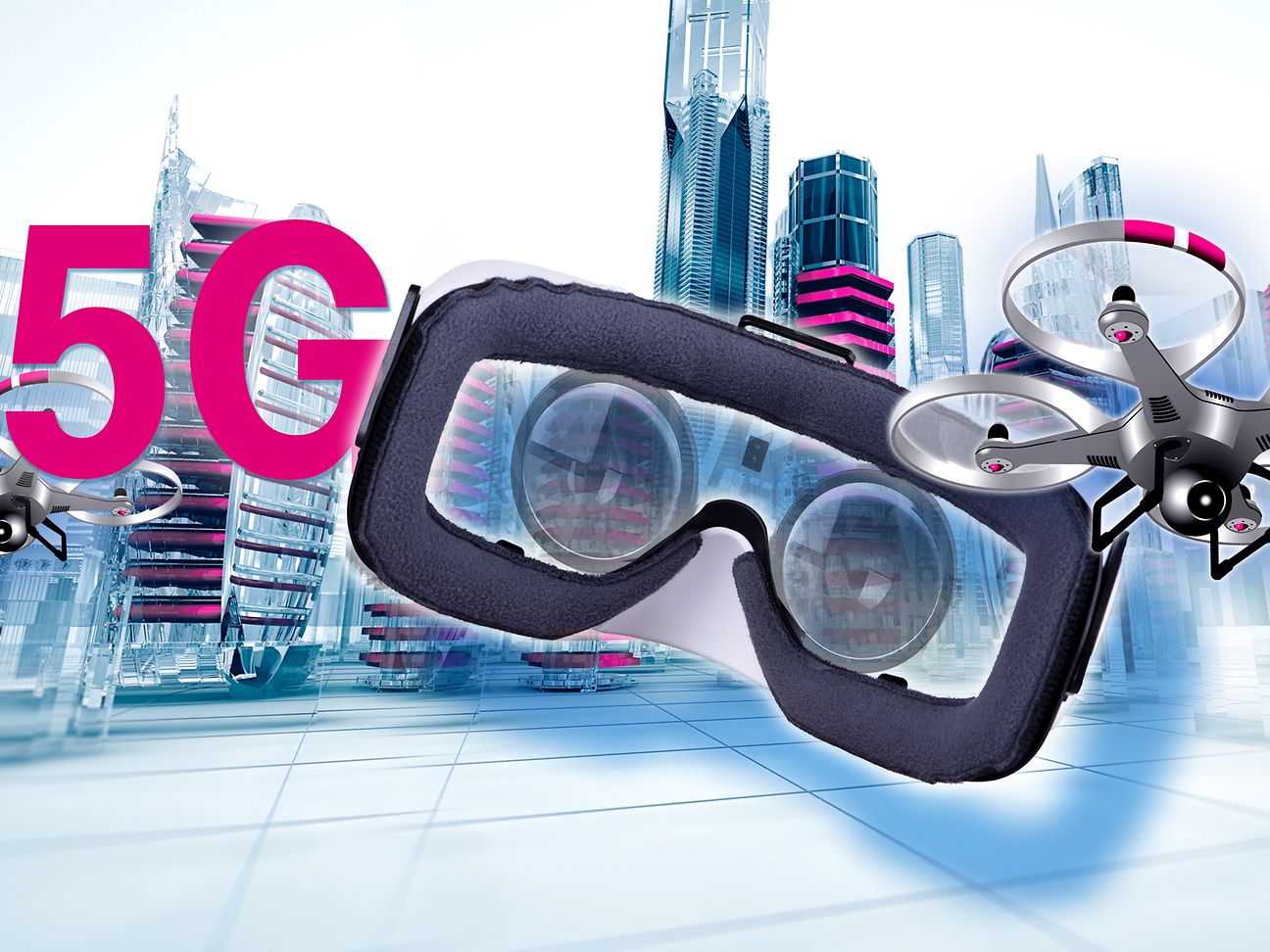When we talk about mobile communications, we often relate to the all-inclusive technology like speed, frequency and system in numeric generations like 2G, 3G, 4G or 5G. Each generation comes with unique technologies that actually define them. Mobile wireless communication systems have undergone remarkable evolution stages in the last few decades after the inception of the first generation mobile network in the early 1980s. And because of colossal demand for more mobile connections worldwide, mobile communication standards progressed rapidly to support more and more users. So let us have a look at the evolution stages of wireless technologies for mobile communications –
Beginning of Evolution: First Mobile Phone
During 1970, Martin Cooper, an engineer at Motorola worked on a handheld device capable of supporting a two way communication wirelessly, thus inventing the first generation mobile phone. Initially, it was developed to use it in cars and its first prototype was tested in 1974. This very invention of the first mobile phone panned out to be a turning point in the history of wireless mobile communication leading to an inception of many technologies and standards to come in future.
1G- First Generation Mobile Communication System
1st Generation mobile network was deployed in Japan by Nippon Telephone and Telegraph Company (NTT) in Tokyo during 1979. In the starting of 1980s, it gained a lot of popularity in the US, Finland, UK and Europe. Simply put the first generation mobile communication system used analogue signals, but had many shortcomings because of drawbacks in the technology.
Key Features of 1G
- Frequency- 800MHz and 900 MHz
- Bandwidth of 10 MHz
- Analogue Switching Technology
- Frequency Modulation
- Mode of service- Voice only
- Access to technology- Frequency Division Multiple Access (FDMA)
2G- Second Generation Communication Systems GSM
Second generation of mobile communications system came with a complete new digital technology for wireless transmission also called as Global System for Mobile Communication (GSM). The GSM technology then turned out to be the base standard for future advancement in wireless standards. And this standard was capable of supporting up to 14.4 to 64 kbps data rate that was enough for SMS and e-mail services.
Code Division Multiple Access (CDMA) system developed by Qualcomm also introduced and implemented in the mid-1990s. CDMA came with more features than GSM in terms of spectral efficiency, number of users and the data rate.
Notable Features of 2G
- Digital system
- SMS services on the go
- Roaming became possible
- Enhanced security
- First internet at low data rate
- Limited mobility
- Limited users
3G- Third Generation Communication System
3G started with the introduction of Universal Mobile Terrestrial Systems. UMTS comes with the data rate of 384 Kbps and came with video calling for the first time in mobile devices.
Post the introduction of 3G mobile communications system, smart phones gained in popularity across the globe. Applications gatecrashed for smartphones handling chat, e-mail, video calling, social media and healthcare.
Key Highlights of 3G
- High data rate
- Video calling
- Mobile app support
- Enhanced web browsing
- Enhanced security
- TV streaming
- Superior quality 3D games
4G – Fourth Generation Communication System
4G systems merged out as enhanced version of 3G networks by IEEE, offering high data rate and capability of handling much more advanced multimedia services. LTE and LTE advanced wireless technology was used in 4th generation systems and wireless transmission technologies like Wi Max are introduced in 4G system to amplify data rate and network performance.
Key Notable Points of 4G
- High data rate up to 1 Gbps
- Enhanced security and mobility
- HD video streaming and gaming
- Voice over LTE network VoLTE
5G- Fifth Generation Communication System
Key features being ultra-fast internet and multimedia experience for tech savvy customers. Current LTE advanced networks will transmogrify into supercharged 5G networks in future. Moreover, complex modulation technique has also been developed to support immense data rate for Internet of Things.
Key Points to pay heed to
- Internet speed up to 10Gbps
Total cost deduction for data
- Enhanced security and reliable network
- Cloud-based Infrastructure
Wireless mobile communication technology has been constantly evolving to cater growing demands and higher specification requirements. And future wireless technologies will provide ultra-fast, feature rich and highly secure mobile networks.



